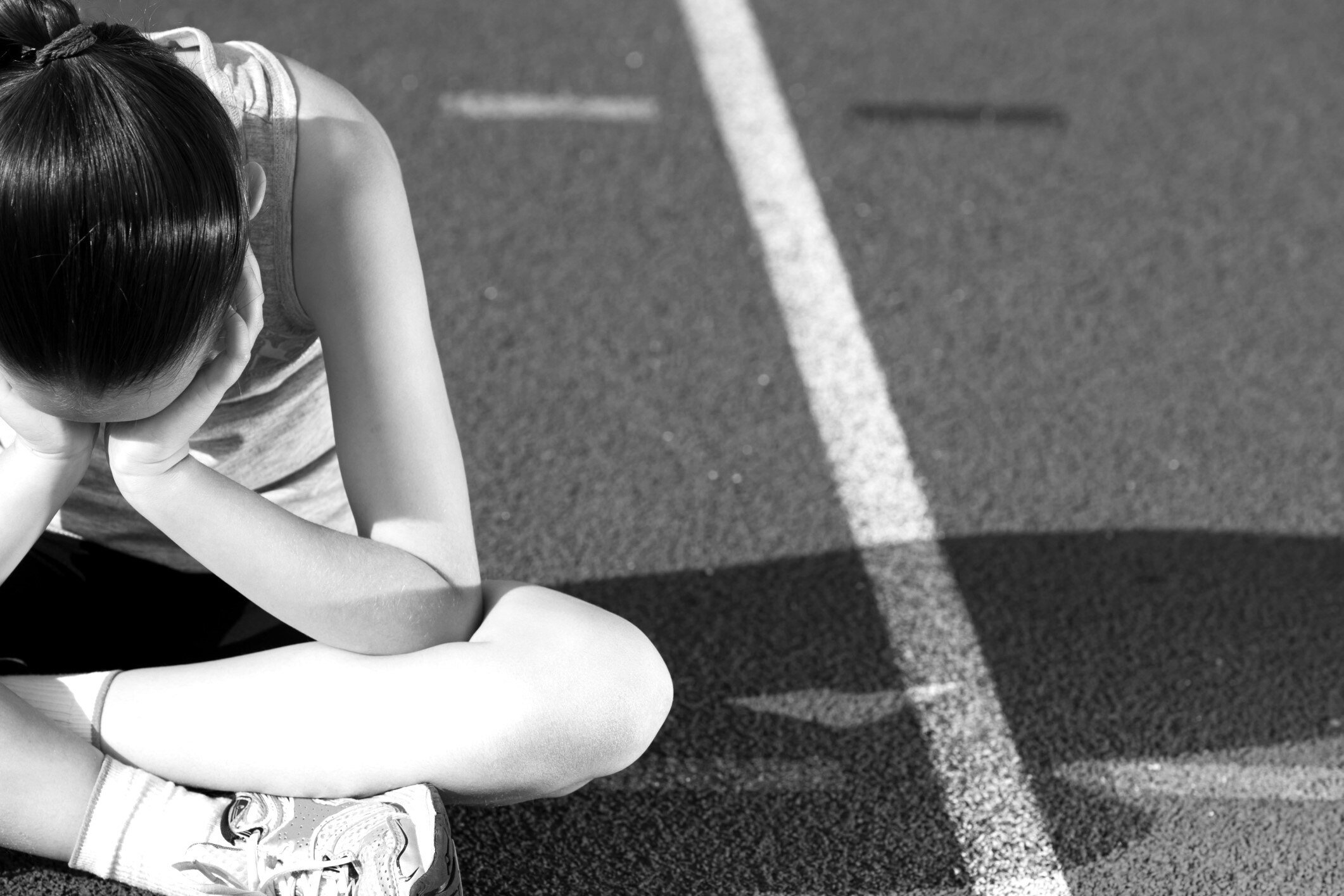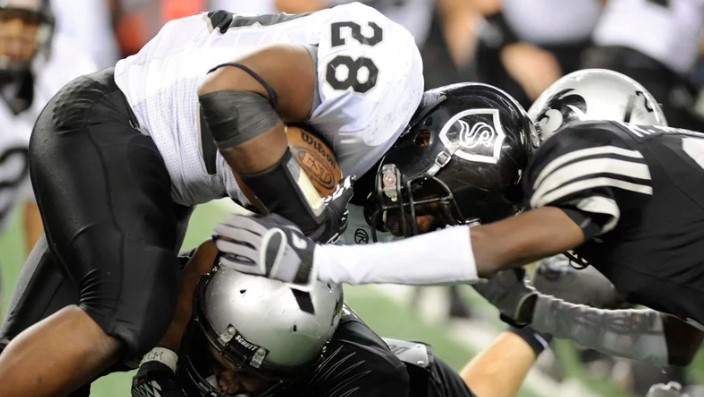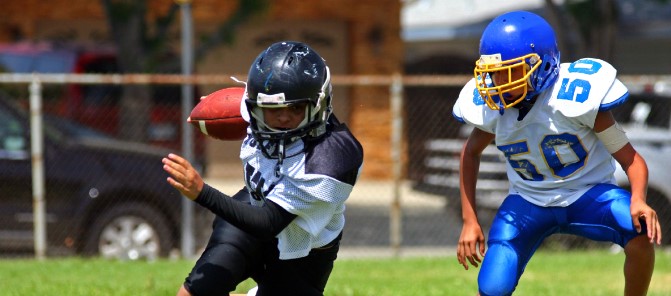New Research Challenges Heat Risk Assumptions for Kids in Sports

New research out of Australia is reshaping how Athletic Trainers should think about heat-related illness in youth athletes.
 According to a large-scale study conducted by the University of Sydney and the University of Canberra, children between the ages of 10 and 16 are not more susceptible to dehydration or hyperthermia in extreme heat than adults—a finding that runs contrary to long-standing beliefs.
According to a large-scale study conducted by the University of Sydney and the University of Canberra, children between the ages of 10 and 16 are not more susceptible to dehydration or hyperthermia in extreme heat than adults—a finding that runs contrary to long-standing beliefs.
“Historically, children have been thought to be more vulnerable to heat stress... due to a higher body surface area-to-mass ratio,” explained Professor Ollie Jay, Director of the Heat and Health Research Center. “But we found their bodies heated up at the same rate as adults and they didn't sweat differently.”
The study, published in the British Journal of Sports Medicine, tracked 68 active children and 24 adults under controlled heat conditions (30°C and 40°C) while performing treadmill exercise. Core temperatures and sweat rates were carefully measured, and no differences in dehydration risk were found between age groups.
However, that doesn’t mean kids are off the hook. Dr. James Smallcombe emphasized:
“Though children responded the same as adults, parents and teachers need to make sure that children drink enough water... as they are likely less aware that they are becoming dehydrated.”
To support hydration strategies, researchers developed a Sweat Rate Calculator to help estimate fluid replacement needs for athletes, including children. The tool currently covers running and cycling, with plans to expand its use.
For Athletic Trainers, this study reinforces the importance of individualized hydration plans based on exertion, environment, and awareness—not just age. Keeping youth athletes safe in the heat starts with preparation, education, and the right tools.
Learn more about the Sweat Rate Calculator.
See the study here!
![HR Logo [Recovered]_Full Color Vertical-1](https://blog.healthyroster.com/hs-fs/hubfs/HR%20Logo%20%5BRecovered%5D_Full%20Color%20Vertical-1.png?width=199&height=178&name=HR%20Logo%20%5BRecovered%5D_Full%20Color%20Vertical-1.png)
 By
By


